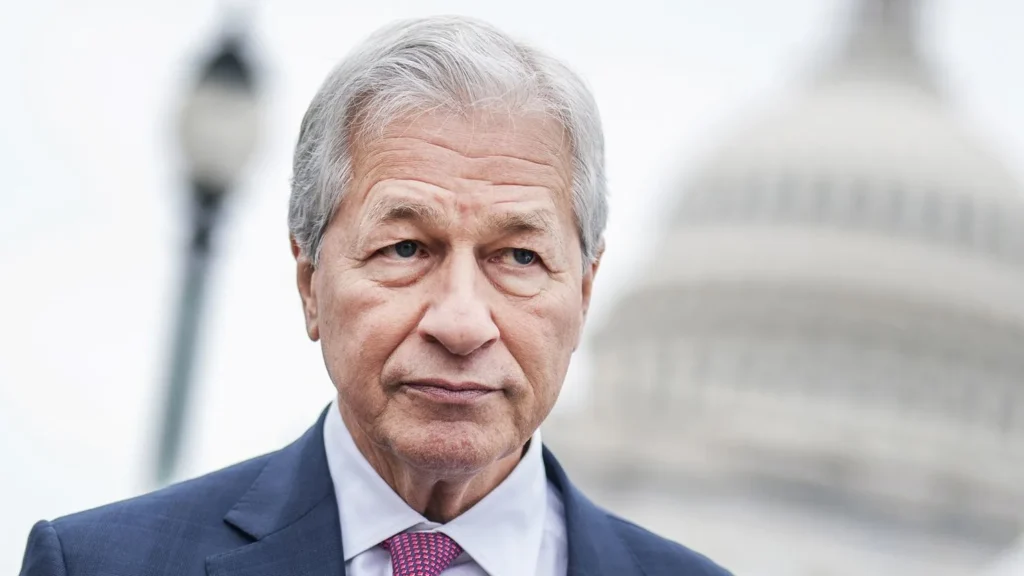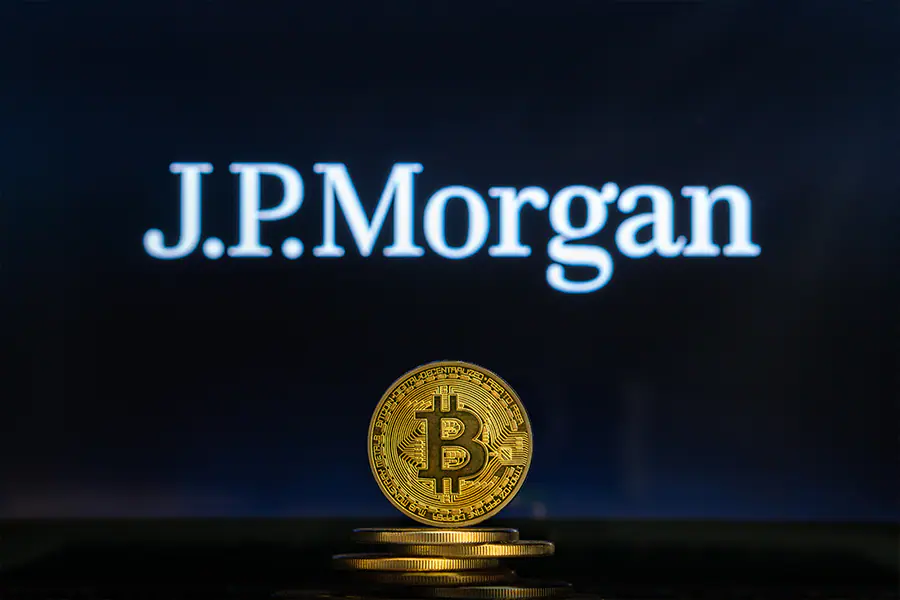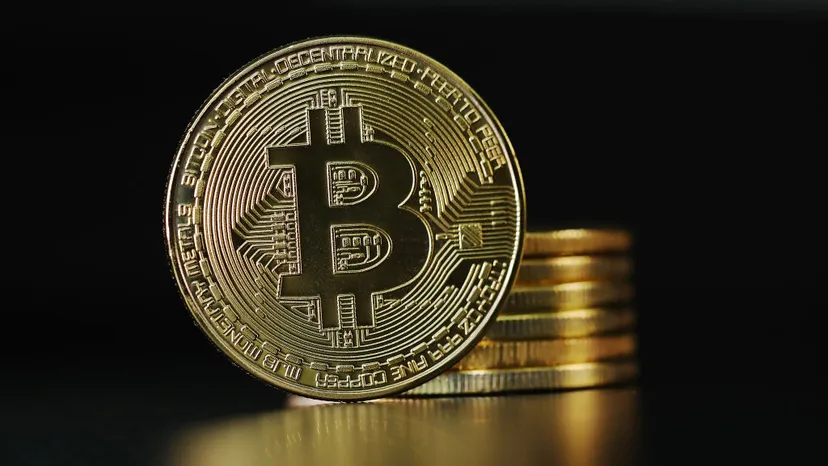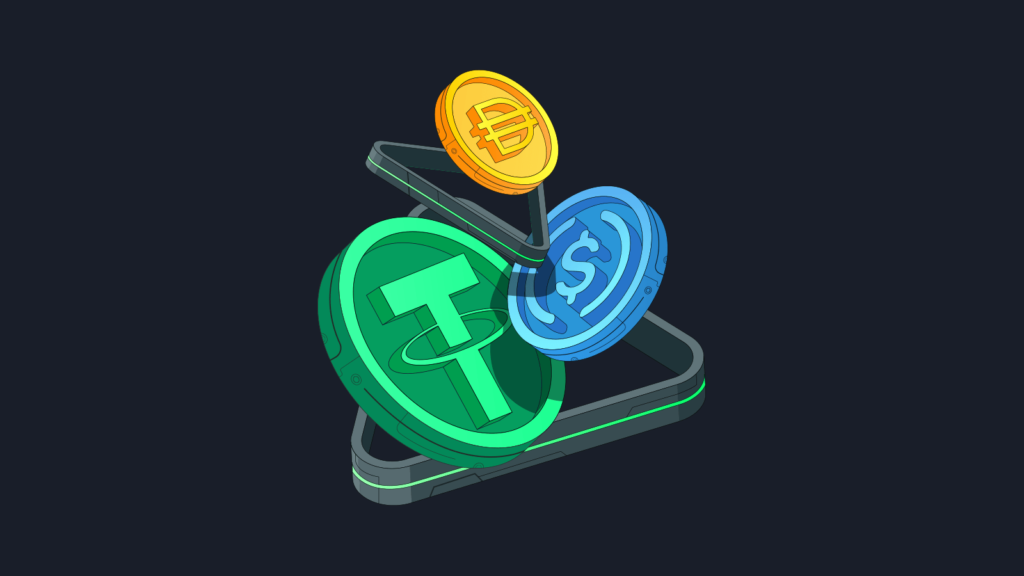If you thought the crypto conversation was cooling down in the traditional banking world, think again. JPMorgan CEO Jamie Dimon just reignited the debate—this time drawing a clear line in the sand between stablecoin and Bitcoin. And surprise (or not): he’s still not a fan of the latter.
During a recent financial event, Dimon stated plainly that stablecoins are “real” and could play a meaningful role in the financial system. But Bitcoin? Still no love. As covered in Coinpedia, the CEO continues to criticize Bitcoin’s practical use, calling into question its value compared to more “controlled” digital currencies.
So, what’s changed? And more importantly—why does this divide matter?

Credit from : CNN
Stablecoin and Bitcoin: Not All Crypto Is Treated the Same
Let’s clear this up first—just because JPMorgan is expanding its crypto-related initiatives doesn’t mean it’s backing Bitcoin. In fact, that’s exactly what Dimon is trying to make clear.
He’s not anti-blockchain. He’s not even anti-digital currency. But when it comes to stablecoin and Bitcoin, he sees one as a tool—and the other as, well, a distraction.
According to Fortune, Dimon suggested that stablecoins could streamline cross-border payments, making money transfers cheaper, faster, and more transparent. This is where JPM Coin, the bank’s in-house stablecoin for institutional clients, comes into play.
Bitcoin, on the other hand, didn’t get the same praise. Dimon doubled down on earlier criticisms, pointing to Bitcoin’s volatility, lack of intrinsic value, and its appeal to “speculators.”
His exact words? “I don’t care if it goes to $500,000. It makes no difference to me.”

Credit from : Forbes India
JPMorgan Is Going Deeper Into Crypto—Just Not That Crypto
Here’s the funny thing: JPMorgan is actually quite active in the crypto-adjacent world.
They’ve built blockchain-based infrastructure, created tokenized representations of assets, and are investing in programmable payments. Stablecoins are a clear part of that strategy.
But Bitcoin? It’s not invited to the party.
As Yahoo Finance pointed out, Dimon made it clear that he sees stablecoins—especially those backed 1:1 by fiat and held under strict regulatory oversight—as an extension of the traditional system. Bitcoin, however, operates outside of it, and that’s a red flag for someone like Dimon who values centralized controls and predictability.
His concern isn’t just ideological. It’s regulatory, systemic, and—frankly—business-driven. The kind of money JPMorgan deals in isn’t built on memes or volatility. It’s about control, compliance, and minimizing risk. Bitcoin doesn’t really fit that mold.

Credit from : How Stuff Work
Why the Divide Between Stablecoin and Bitcoin Isn’t Just Semantics
You might be thinking, “So what? Different tools for different jobs.” Fair point.
But this divide isn’t just about preference—it shapes how Wall Street interacts with crypto at large.
If JPMorgan—arguably one of the most powerful banks on the planet—is drawing lines like this, you can bet other institutions are watching closely. When Dimon gives a thumbs-up to stablecoins while continuing to trash Bitcoin, that sends a message. And the message is: the parts of crypto that mimic the old system are welcome. The rest? Maybe not so much.
And it’s not just Dimon. Regulatory frameworks being drafted around the world tend to be more favorable to asset-backed stablecoins than to decentralized assets like Bitcoin.
So, whether we like it or not, this binary between stablecoin and Bitcoin could shape everything from institutional investment flows to consumer adoption.

Credit from : Manimama
But Here’s the Twist: Bitcoin’s Still Gaining Traction
Now, let’s be fair—just because Jamie Dimon isn’t a fan doesn’t mean Bitcoin’s dead in the water. Not even close.
Bitcoin ETFs have launched and gathered serious capital. Countries are adopting Bitcoin in various capacities, and crypto-native firms continue to build infrastructure that supports it.
Some even argue that Dimon is missing the point—that Bitcoin isn’t meant to be a payment solution or a bank-issued tool. It’s an alternative, a hedge, maybe even a protest.
Sure, stablecoins make things run smoother. But Bitcoin stands for something bigger. At least, that’s how its proponents see it.
And frankly, there’s room for both—at least for now.
What Does It Mean for Crypto’s Future?
The way JPMorgan is moving tells us a lot about how mainstream finance is thinking about crypto in 2025.
They’re leaning into blockchain for efficiency. They like the programmable money idea. They’re comfortable with digital dollars that behave like digital cash, under rules they can understand.
But Bitcoin—still too wild, still too decentralized, still too unpredictable.
For some, that’s exactly the point. For others, that’s exactly the problem.
Dimon might not be swayed anytime soon, but crypto keeps evolving whether he approves or not.

Credit from : Stanford Online
Final Take: Can Stablecoin and Bitcoin Share the Same World?
Let’s wrap this up.
Jamie Dimon’s comments make one thing very clear: not all digital currencies are created equal in the eyes of legacy finance. Stablecoin and Bitcoin, while often lumped together in the same conversation, are heading down very different paths.
One is being integrated. The other is still being tolerated—barely.
Will they eventually meet in the middle? Maybe. Or maybe they’ll always represent two competing visions of what money can be.
Either way, the divide is real—and Jamie Dimon just reminded us of that.



